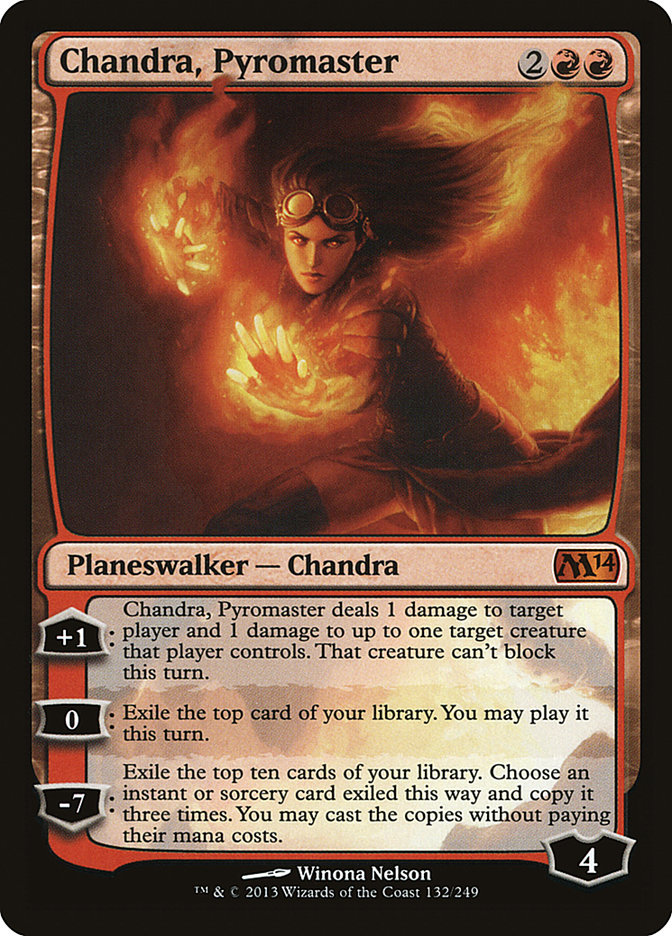
Around this time last year, Chandra Pyromaster was spoiled. One of the most, if not the most underrated planeswalkers printed that year.
When Domri Rade was printed, it was underrated, but cards like Birthing Pod and the pre-existing creature dense decks already existed, so the fit was pretty seamless.
When Ajani, Mentor of Heroes came to us, it took one great performance by Jeff Hoogland to hush up the naysayers.
Ashiok, Nightmare Weaver went from the most hated Planeswalker in history to beloved in under a week, and that was before it was even released!
Chandra, Pyromaster’s case was very special.
We were so used to the “one damage” ability that Chandra Nalaar and Chandra, the Firebrand gave us that it cosmetically looked no different on the Pyromaster version. Chandra Ablaze made a mockery of what a Planeswalker should look like, back in a time where R&D were still trying to figure out how to balance them. All of these factors combined with the ridiculous expectations placed on planeswalkers at the time as well. Four-mana planeswalkers were compared to Jace, the Mind Sculptor so often that they weren’t given a chance until much later in a format’s development. Chandra herself is a primary example of this, not seeing much play until Brian Kibler made a little comment at the end of one of his articles about wanting to replace the sideboarded Gruul War Chants for the Pyromaster.
What many players don’t realize is that Chandra, Pyromaster was the start of a drastic shift in Planeswalker usability. It was one of the first planeswalkers that didn’t need to protect itself to be great – that didn’t need to continually play a defensive role when falling behind to be effective. Chandra was instant offense, it just wasn’t obvious all the time. How often did you see players use her first ability in the face of five or so power, just to get two or three damage through? Not many, because they were afraid of losing her.
Except that two or three damage translated to another two or three damage next turn, regardless of if she actually lived to see it happen or not.
Chandra’s first ability was way more than just a ping that helped you attack. It was a Lure, it was a way to keep other Planeswalkers in check, especially if they’re at a very low or very high loyalty count (keeping Jace at one or preventing him from using his ultimate, for example). It was one of the few, if not the only, planeswalker ability in existence that made encouraging a backswing profitable. You’ll often hear about players sculpting a hand, but you don’t hear as much about players sculpting combat. Chandra wasn’t the first planeswalker to assist with that, but it was the first to make it incredibly obvious.
So why did it take her a while to catch on? Because the mindset at the time was very one-dimensional when it came to planeswalkers as a whole. There are very stern “rules” that we’ve always followed: a planeswalker had to protect itself in some way, the cost had to scale well with the abilities, and the rule which I believe contributes to the most punishing logic of a player’s development… it has to do something obviously powerful.
Chandra took a while to catch on because of the poor assessment of her role, and we all know that mis-assignment of planeswalker role equals loyalty loss. Those control decks had no interest in pushing through damage or translating her abilities into damage, and that’s why it didn’t work. When you’re playing a four-mana Phyrexian Arena in your Jace, Architect of Thought deck, of course you’re going to have logistical and mechanical problems. This issue was quickly identified and later dismissed by the blue enthusiasts. Unfortunately, Chandra’s stock went down as a result for the front end of the M14 season.
Today, Chandra’s power is well-respected, and she is still one of the more powerful planeswalkers in Standard as well as being a player in Legacy, having two Legacy Open wins under her belt.
Things are much different this time around, though, mostly because of how creature density has changed. Before, Chandra would (or should, in some cases) primarily be used in this pseudo daisy chain/snowball effect. She pushes a creature through, making that creature an immediate or bigger threat, which forces and encourages a reaction on your opponent’s end toward Chandra, which helps your creatures continue to be threats. This worked out very well because of how the power and toughness of creatures lined up then. Chandra going up to five loyalty caused issues for the opposing Falkenrath Aristocrat player, and made for some excellent fades against opposing Thundermaw Hellkites. Anything after that was just gravy, and that was the point where you’d generally just want cards if there wasn’t a spot to further push your aggressive and/or fading advantage more than you already had. Now. You’re much more inclined to shell out as many cards as you can, then try to use that as a way to make a push.
This is mostly because of how much slower the format has become by comparison. The aforementioned Falkenrath Aristocrat and Thundermaw Hellkite, along with Hellrider and much more potent Burning-Tree Emissaries and Ghor-Clan Rampagers, didn’t give you enough time to turn those small increments into big advantages. With the addition of Temples, four-power hasty Dragons instead of five-, and five-power ground pounders coming down a turn earlier than most, you now have more of a reason to invest resources in keeping her around more often. There will definitely be times in a general sense where you need to cast her on your fifth turn and immediately exile the top card of your library, just hoping to hit a land drop. This would almost never be a thing before because of how much could go wrong, but now, especially in Monsters shells, this is often times the best play you could make It’s not that you shouldn’t try to push for that snowball effect as hard as possible, because you still should, even if your mana development is falling behind in the process. It’s just that the secondary option becomes much more viable in comparison, far more often.
Another reason why both abilities are lining up more equally today is because of how many cards just straight-up kill her now, lessening the desire to invest a combat phase or burn spell or whatnot to get rid of her. Alongside the pre-existing Dreadbores and Detention Spheres we were used to having to fade, we now also have Banishing Light, Hero’s Downfall, and creatures that don’t mind investing an attack step to essentially pick her off in some situations, like Pack Rat and Master of Waves. This doesn’t even cover cards that existed before, but picked up in popularity, like Vraska the Unseen. The opportunity to get as much out of her as possible is vastly lessened, so we need to make the most of the value she does give us on the card advantage side of things as opposed to the damage side.
What does this all mean for the upcoming M15 set? Well, quite a lot of things.
First, there’s the Convoke mechanic.
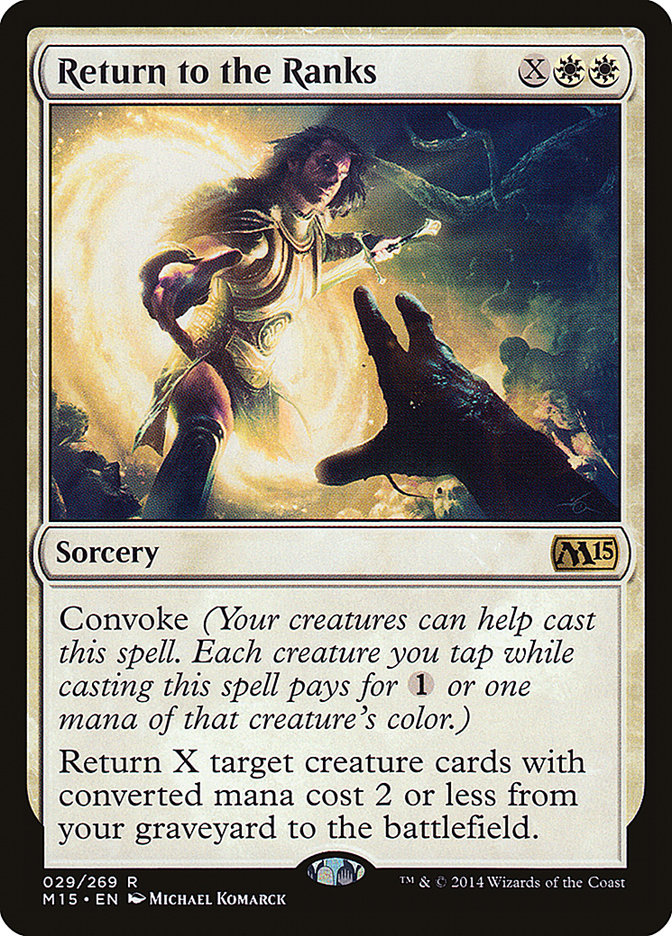
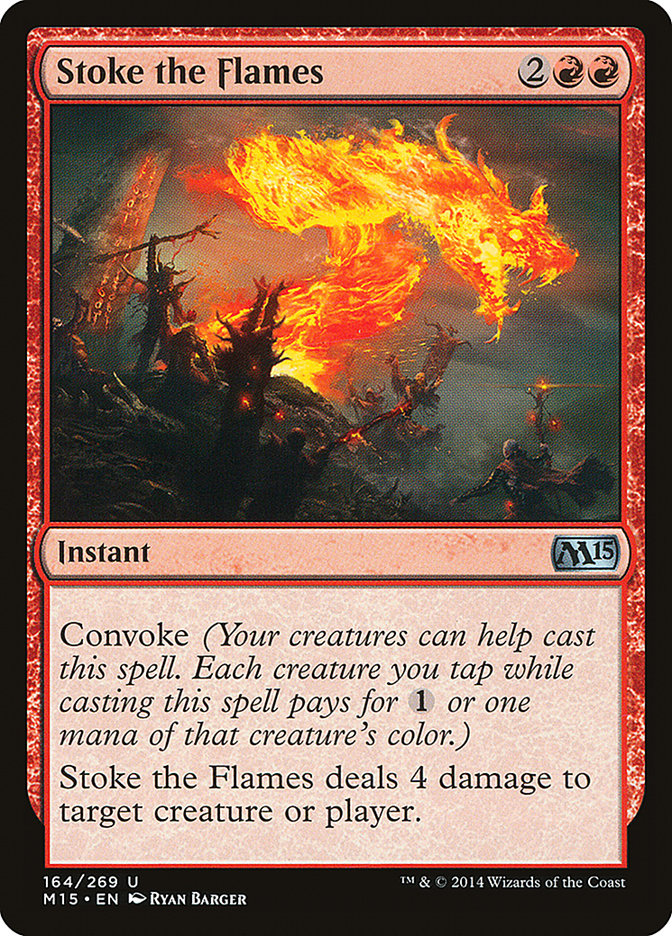
Convoke allows for some very interesting gameplay, both against and alongside Chandra. You can Convoke off of her second ability, something that further pushes the balance of her first two abilities closer while also making them contextually more complicated. Let’s use Return to the Ranks as an example. If Return to the Ranks becomes a real card, do you begin investing more into her first ability to keep her out of range of the possibly imminent alpha strike? What about Stoke the Flames, using the previous situation of needing to hit a land drop after casting her on turn five? If there’s an instant-speed Convoke spell that makes creatures, what then? All of these questions are contextual, of course, but it’s something to consider when trying to maximize a planeswalker that fluctuates in utility as much as Chandra.
The next big thing, literally and figuratively, is the Soul cycle.

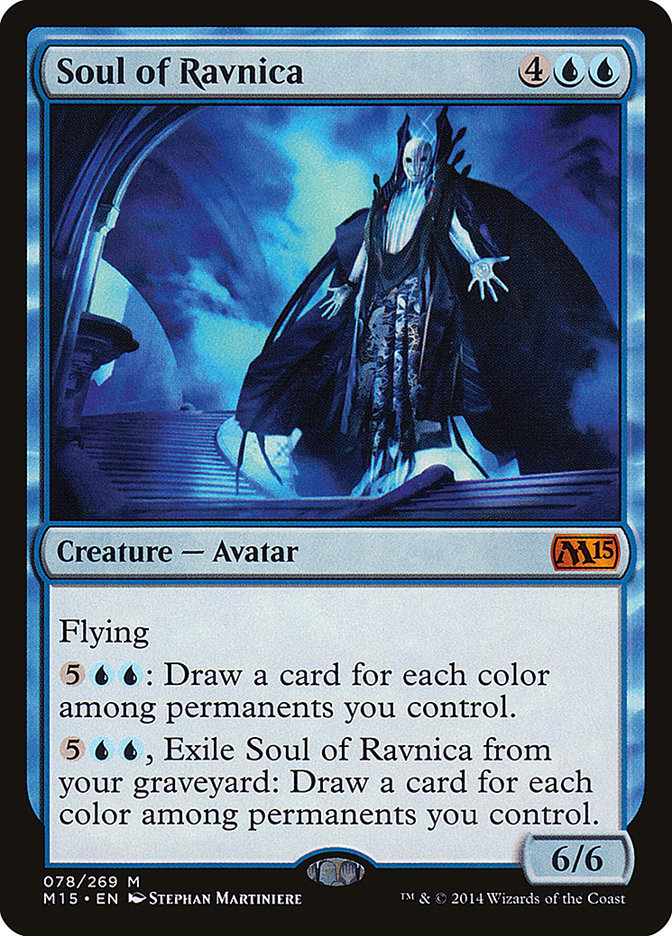
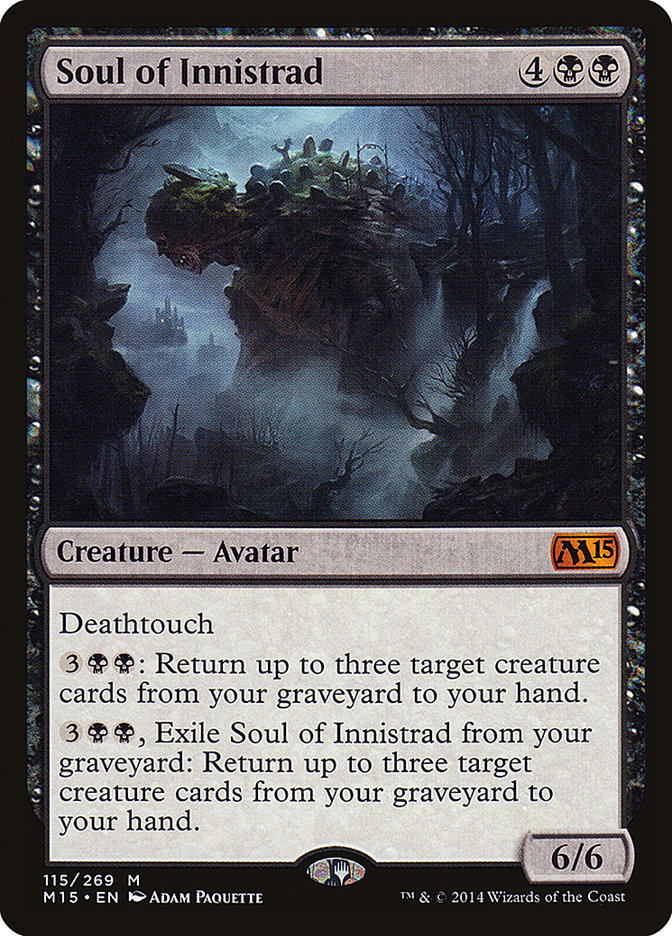
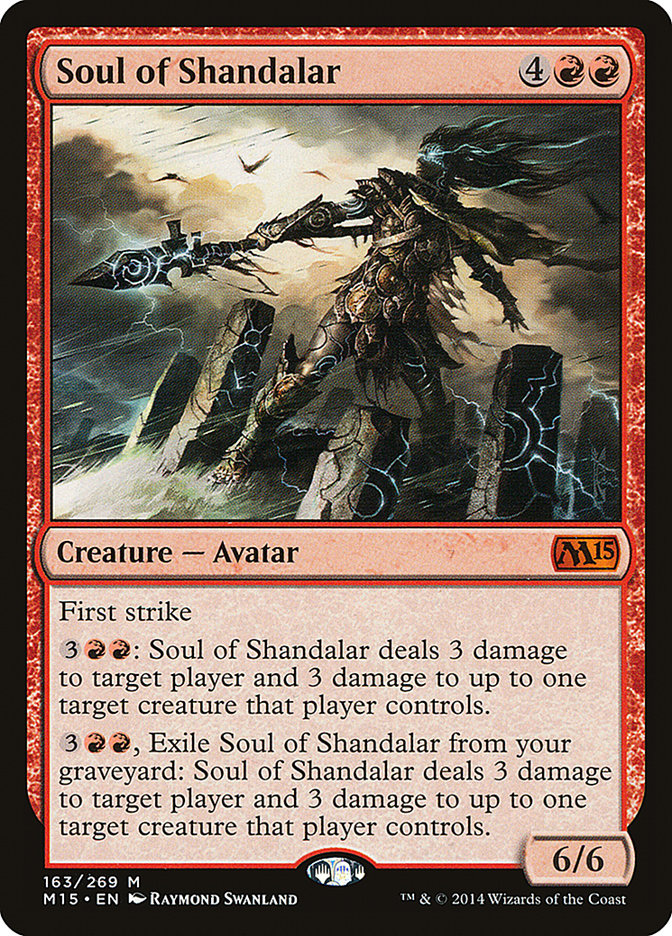
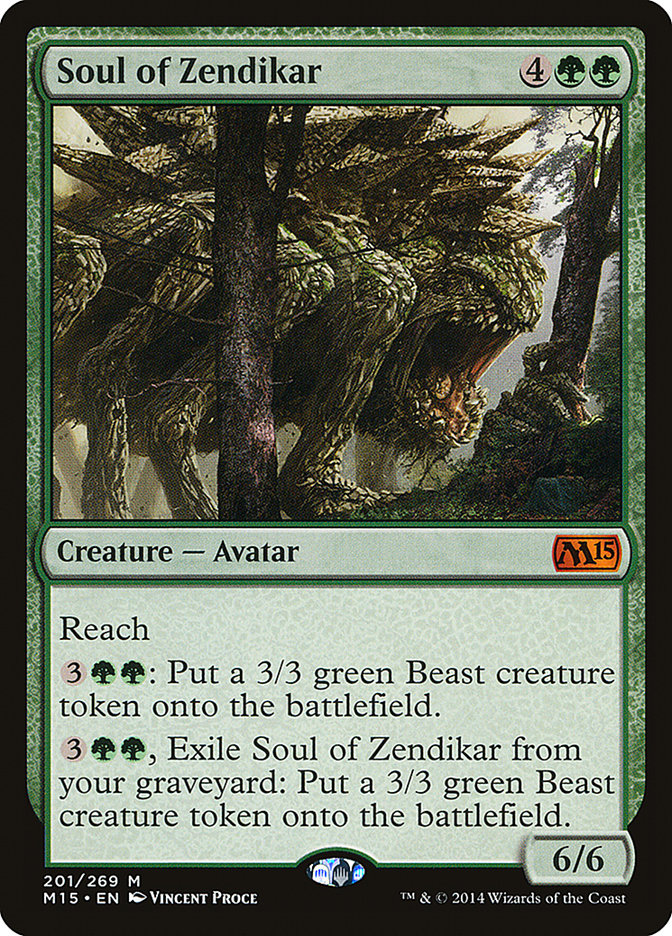
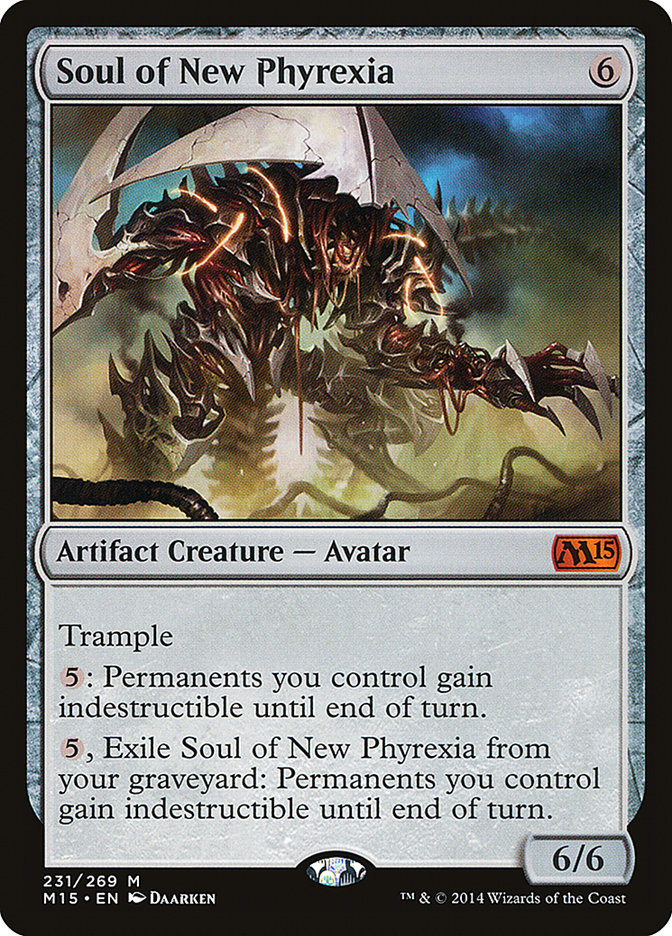
These new Titan-esque creatures are absolutely ferocious, and they get even more scary when backed up by a way to push them through. Chandra is especially potent with Soul of Shandalar, providing a way to deal with four-toughness creatures similarly to how she helps Mizzium Mortars deal with five-toughness creatures. Soul of Zendikar and Soul of Theros are both fantastic at protecting her while still being insurmountably strong if given the turns to do so. I don’t see much going for Soul of Ravnica or Soul of Innistrad, as you still want to be as aggressive and Monster-ish as possible when playing a Chandra deck, but that reasoning alone makes Soul of New Phyrexia a constantly attractive option as well.
Soul of New Phyrexia seems to be the best defensive option against attrition-heavy decks, since untapping with it completely blanks any further Hero’s Downfall effects, as well as any sort of burn-based removal, allowing you churn out card after card or work towards her ultimate if the circumstances are right. Things aren’t all good for Chandra when she’s up against the Souls, though. Soul of New Phyrexia’s Trampling will catch her very easily if you’re behind on board presence, and the indestructibility will ensure that if it didn’t get her this combat step, it surely will in the next one. Soul of Ravnica lines up well with Chandra if you +1’d the entire time and she didn’t get hit at all, which is kind of 50/50 against a non-aggressive blue deck. Since Soul of Ravnica seems to encourage such a strategy, you’re going to have to either change the way you play Chandra or be ready to adapt to that situation on the fly. Soul of Shandalar completely tears Chandra apart, and it’s incredibly hard to do much about it if you let them untap with it. If you know you’re playing against a deck with Soul of Shandalar in it (my initial guess would be red-based devotion decks), then you’re going to need answers… and fast. Soul of Zendikar, like Shandalar, completely shuts down Chandra’s game-plan by just being so good at putting pressure on her, generating more sizable creatures at instant speed and rendering her first ability far less effective, forcing her to resort to her second ability to either find an answer or get as much value as possible out of her before she dies. Soul of Theros is just going to kill you so quickly that often times it may not matter what Chandra’s doing, and Soul of Innistrad, even if it doesn’t wind up seeing that much play like I predict, is just an example of how much she struggles against super-large creatures that have some sort of value at the tail end of its lifespan.
Lastly, and quite possibly most importantly, is the impact of the other shiny new planeswalkers.
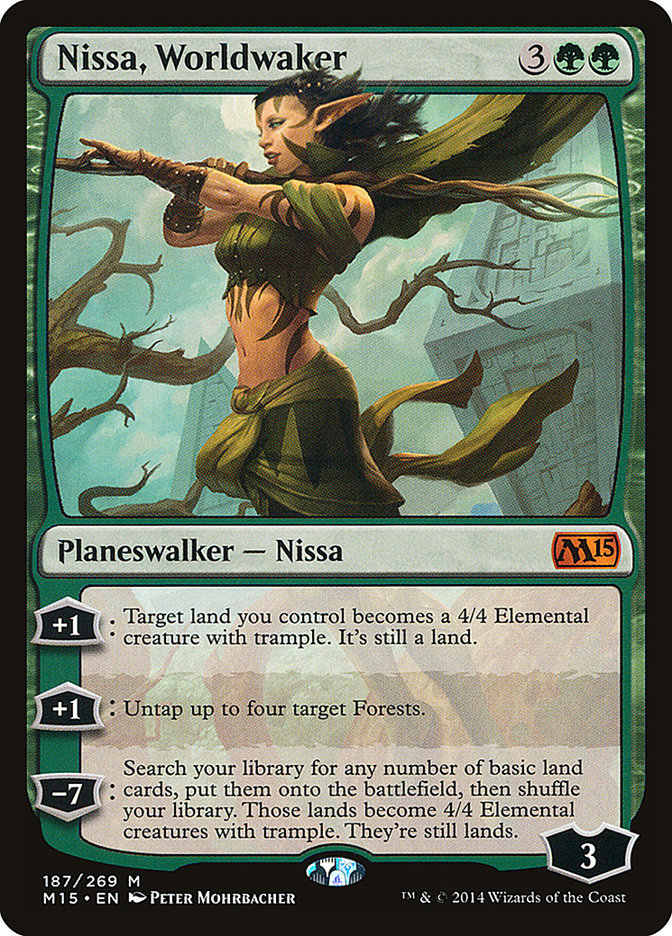
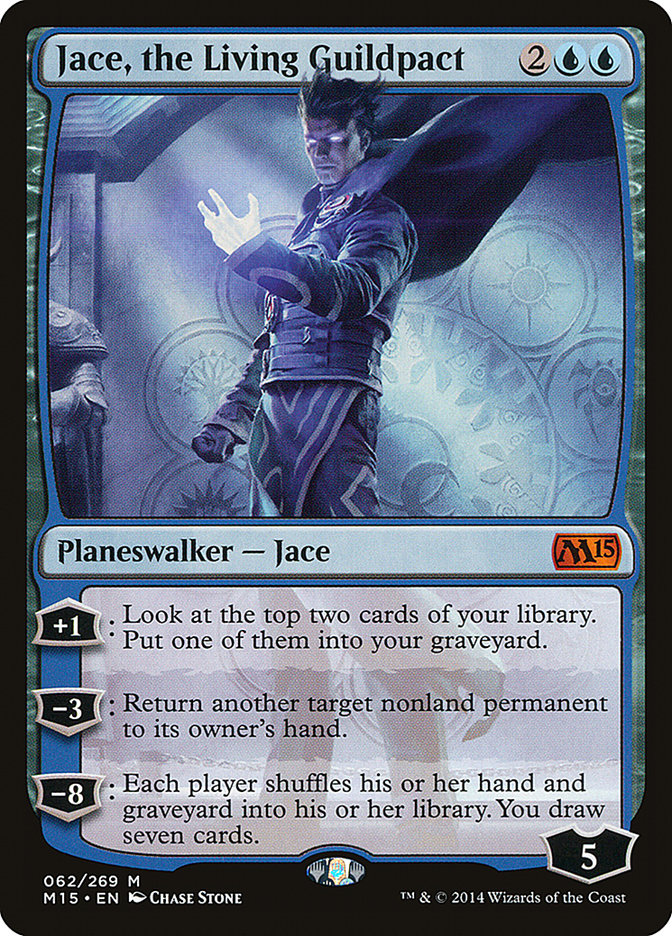
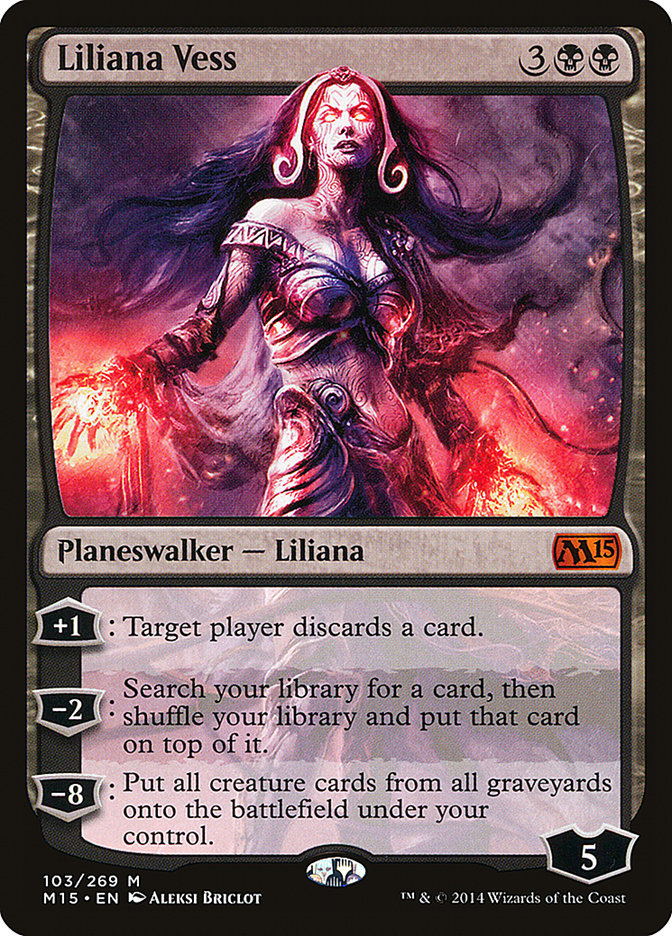
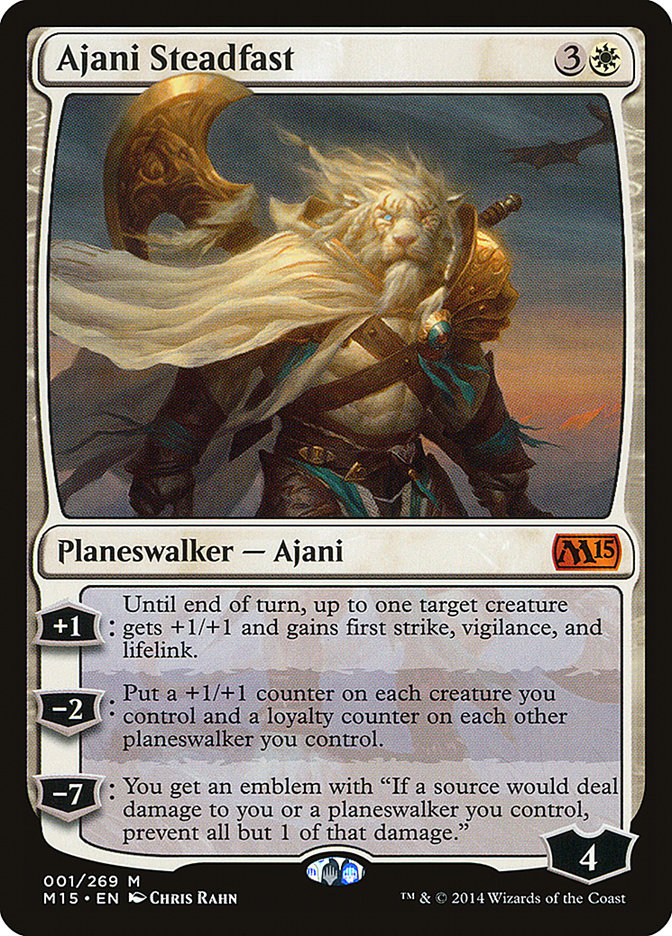
All of these planeswalkers, just like Chandra when she was first released, will be very hard to evaluate. Yes, even Liliana Vess. She wasn’t heavily played in her first go around, but to think that things will be the same this time is foolish. Jace happens to be in the same situation that Chandra was in last year, and any planeswalker that can go up to six loyalty on the turn it comes down is worth way more than what people will give it credit for. In fact, this Jace is exactly what I’m talking about when it comes to how they make planeswalkers that encourage pushing an advantage in a non-traditional way. Remember when Chandra’s second ability wasn’t considered good because it didn’t draw a card? Why are people so obsessed with everything having to draw a card to be good anyways?
Nissa, Worldwaker actually fits very well with Chandra’s game-plan. Making two plays in one turn can be huge when you’re trying to get as many cards on the board as possible through Chandra’s zero ability. Chandra being able to help Nissa’s Elemental’s attack through things is a pretty big upside as well for playing both of these in the same deck. Ajani Steadfast doesn’t quite have direct synergy with Chandra, but if you’re trying to go on a planeswalker plan from the get-go, he may be worthy of strong consideration.
Creatures (22)
- 2 Elvish Mystic
- 3 Polukranos, World Eater
- 4 Sylvan Caryatid
- 4 Stormbreath Dragon
- 3 Voyaging Satyr
- 4 Courser of Kruphix
- 2 Soul of Theros
Planeswalkers (11)
- 2 Chandra, Pyromaster
- 2 Xenagos, the Reveler
- 2 Elspeth, Sun's Champion
- 2 Ajani, Mentor of Heroes
- 2 Nissa, Worldwaker
- 1 Ajani Steadfast
Lands (20)
Spells (7)

Being proactive is the name of the game when utilizing Chandra, and that trait is also true of many of the new planeswalkers we are seeing released these days. Evaluating in a vacuum is very contrary to how things are actually played out more often than not, and with Chandra back with us for another year it seems very clear to me that the way we think of planeswalkers needs to change in order for us to fully utilize the potential of new ones.
